A better treatment
The use of tDCS in the home offers multiple advantages for both patients and healthcare professionals.
Scientific Evidence
The application is well supported by clinical experience and scientific research.
Certification and security
Device with MDR CE1936 certificate for home use.
Better results
Reduces consultation time and maximises therapy time.
Resource efficiency
The patient does not need to travel or be cared for at the centre.

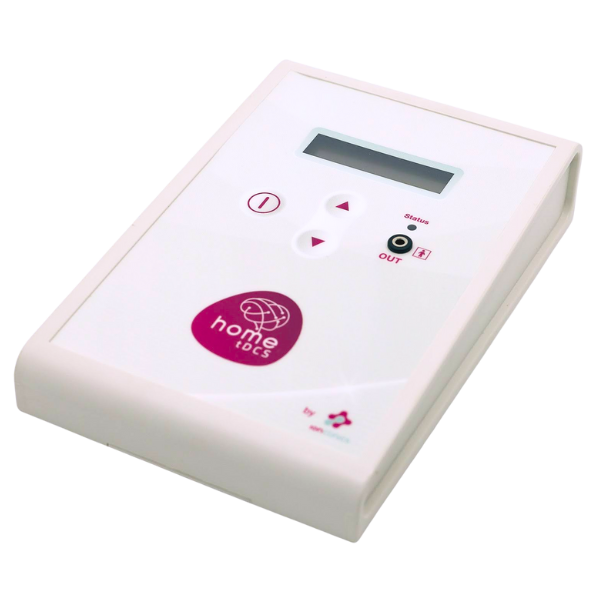
Testimonial
«After 9 years of illness, it has been recovering a large part of what my mother has been.»
HOME tDCS Device
The only one that encompasses six certified indications for therapeutic use, without the need for supervision by a healthcare professional.
Ease of use and security of tDCS devices at home
The use of tDCS devices at home must be safe and accessible. The intuitive design of HOME tDCS minimises the risk of errors in treatment delivery. Patients can follow the protocols designed by their physicians without complications, ensuring effective and consistent therapy.
Scientific evidence and clinical support
The use of tDCS is supported by extensive clinical and scientific evidence. Numerous studies have demonstrated its efficacy in the treatment of various neurological and psychiatric pathologies. Research continues to show the potential of tDCS to improve patients’ quality of life, which reinforces its adoption in home-based settings.
The future of home-based tDCS
Home tDCS represents a significant advance in the field of neuromodulation, providing a convenient and accessible alternative for the treatment of various neurological and psychiatric conditions. Ionclinics’ HOME tDCS device exemplifies how technology can improve treatment efficacy and facilitate treatment delivery.
Clinical application
The intuitive design of the HOME tDCS minimises the risk of errors in treatment delivery. Patients can follow the protocols designed by their physicians without complications, thus ensuring effective and consistent therapy.
This therapy is applied in pathologies associated with the nervous system, such as:
Major depressive disorder is a debilitating condition that affects millions of people worldwide. tDCS has been shown to be an effective tool for alleviating the symptoms of depression. By stimulating specific areas of the brain, such as the dorsolateral prefrontal cortex, tDCS can improve mood and reduce depressive symptoms. The possibility of conducting these sessions at home is particularly beneficial for patients who find it difficult to leave their home due to the severity of their depression.
Chronic pain and fibromyalgia are conditions that can significantly affect patients’ quality of life. tDCS offers a non-pharmacological alternative for pain management by modulating activity in areas of the brain related to pain perception. Patients using the HOME tDCS device at home can experience a significant reduction in their pain levels, allowing them to lead more active and productive lives.
Neuropathic pain, resulting from damage or dysfunction in the nervous system, can be particularly difficult to treat. tDCS has been shown to be effective in reducing neuropathic pain by altering neural activity in the affected areas. Home use of tDCS allows patients to manage their pain more consistently and with greater autonomy.
Patients who have suffered a stroke can benefit from tDCS to improve their neurological recovery. Stimulation of specific areas of the brain can promote neural plasticity and aid in the rehabilitation of motor and cognitive functions. Home tDCS facilitates a more intensive and frequent treatment approach, which is crucial for post-stroke recovery.
Schizophrenia is a complex psychiatric condition that can be resistant to conventional treatments. tDCS offers a new avenue for managing the symptoms of this illness, improving cognitive function and reducing negative symptoms. The ability to perform these treatments at home may be especially useful for patients with mobility difficulties or who prefer a familiar environment.
Parkinson’s is a neurodegenerative disease that affects the movement and quality of life of those who suffer from it. tDCS emerges as an innovative option to complement conventional treatments, helping to improve motor function and reduce symptoms such as rigidity and tremor. The possibility of performing these treatments at home provides a comfortable and accessible alternative for patients, allowing them to maintain their wellbeing in a familiar environment.
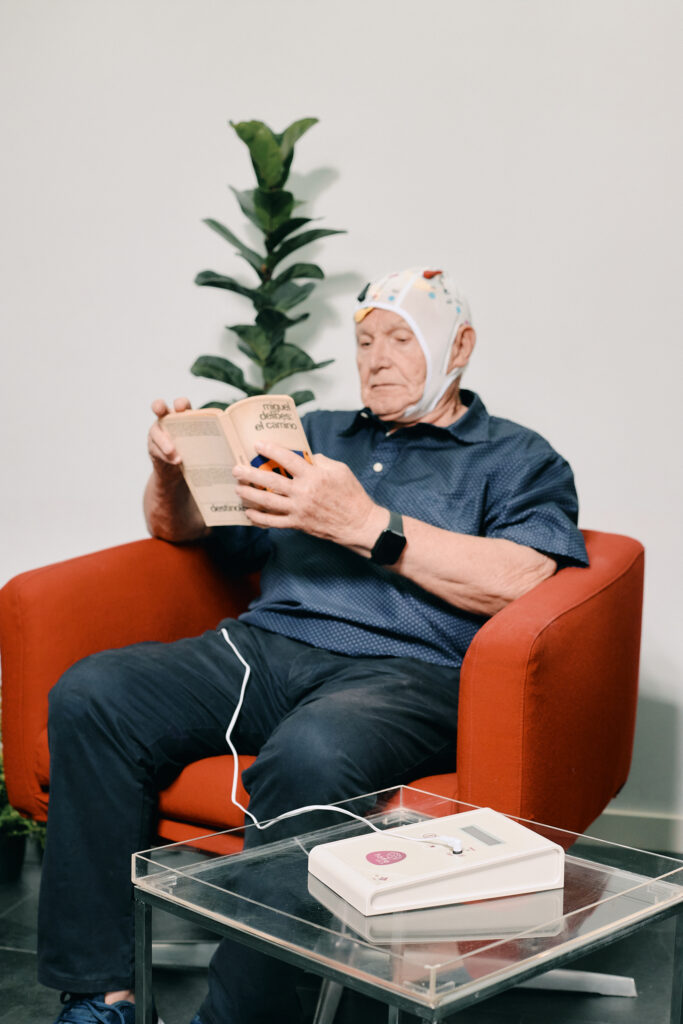
Clinical experience
This is the opinion of professionals who already use non-invasive direct current neurostimulation at home.
Associated centres
Find out where the Ionclinics HOME tDCS is already in use
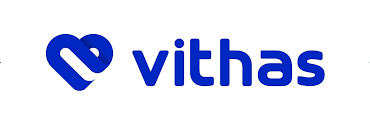
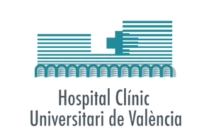



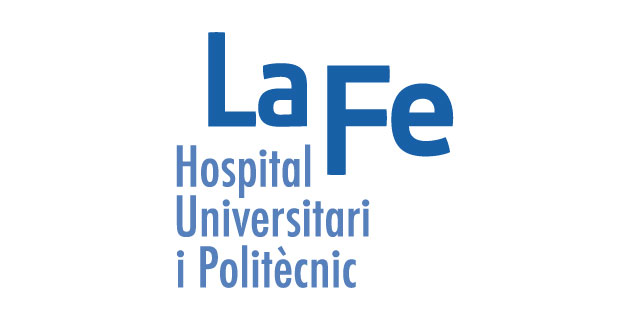
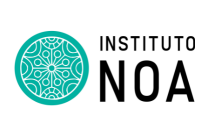
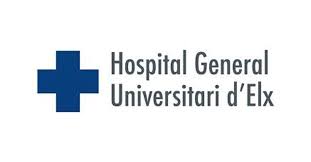

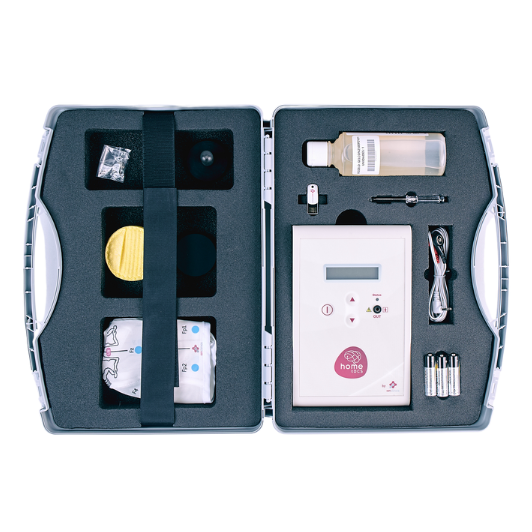
More information
Sign up to be informed about all the updates on our new device for home use.




